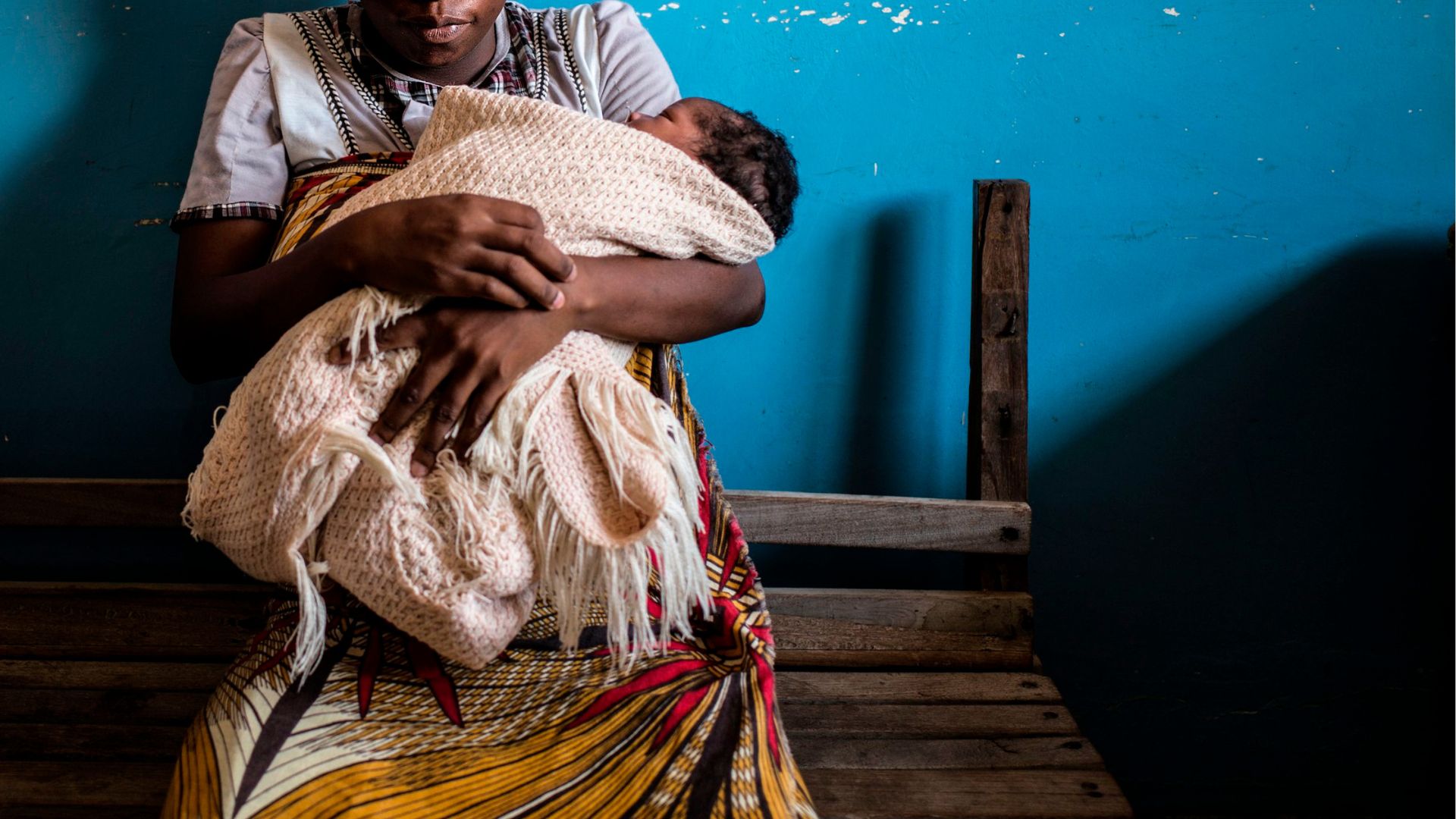Kids under 5 with HIV are dying at high rates. Here's why.
Among people on HIV meds, young children are the likeliest to die, often due to late diagnosis or treatment interruptions.

Among people with HIV, young children are the likeliest to die while receiving treatment.
This is likely because many children under 5 already have severely weakened immune systems by the time they're diagnosed with HIV, if they are ever diagnosed, according to a Centers for Disease Control and Prevention Morbidity and Mortality Weekly Report (MMWR) published Friday (Dec. 1).
Once on medication, young kids are also more likely than older groups to have interruptions in their treatment. HIV drugs, called antiretroviral therapy (ART), work by driving down the amount of virus in a person's blood until it's undetectable — but if treatment is stopped, viral levels rebound and the infection progresses towards AIDS.
Moreover, young children in low-resource settings, including regions in sub-Saharan Africa, suffer high death rates from other conditions, such as pneumonia and malnutrition, which compound their risk of death with HIV, according to the report.
And these death and treatment-interruption rates "are likely underreported," as children are lost to follow-up and there are inconsistencies in how the data is tracked between locations, the MMWR authors added. Children's HIV services must be prioritized in order to get more kids on consistent ART treatment and avoid preventable deaths, the report concluded.
Related: We could end the AIDS epidemic in less than a decade. Here's how.
It was already known that children under 5 are less likely to receive an HIV diagnosis and be started on ART than older age groups. But less was known about the disparities between young children and older people that are both on ART.
Sign up for the Live Science daily newsletter now
Get the world’s most fascinating discoveries delivered straight to your inbox.
The new report focused on people receiving ART through the United States President's Emergency Plan for AIDS Relief (PEPFAR), a program launched in 2003 to help extinguish the HIV epidemic across the world. PEPFAR currently works in 55 countries in which 78% of people with HIV live, according to the 2023 report from the Joint United Nations Programme on HIV/AIDS (UNAIDS).
The rate of new HIV infections in kids has been falling in these countries, from 287,000 in 2010 to 109,000 in 2022, UNAIDS reported. However, when children do contract HIV, they often don't receive the treatment they need. Globally in 2022, only 57% of the 1.5 million children with HIV received treatment, and an estimated 84,000 died of AIDS-related illnesses. Only 46% of all children with HIV were "virally suppressed," meaning the virus in their blood was undetectable, compared with about 71% of all HIV-positive adults.
The new report looked at people who received ART through PEPFAR between October 2020 and September 2022. That included nearly 18 million people each quarter, including nearly 12,000 infants and 105,000 children ages 1 to 4.
Each year, nearly 5% of the treated infants died, as did 2.5% of the other children under 5. These death rates are many times higher than those in people of older ages, according to the MMWR. Children under 5 were also more likely to have pauses in treatment and less likely to be virally suppressed.
To improve matters, kids must be diagnosed as early as possible and be started on ART immediately after an HIV diagnosis. On this front, there are ongoing global efforts to ensure more children with HIV get tested and onboarded into consistent HIV care that suits their families' needs. Children must simultaneously be protected from other diseases, through vaccinations, for example, and from malnutrition, the MMWR authors noted.
One major challenge is that there are few child-friendly HIV drug formulas, but some recent advancements have helped to overcome that obstacle and make kids' ART easier to maintain.
Ever wonder why some people build muscle more easily than others or why freckles come out in the sun? Send us your questions about how the human body works to community@livescience.com with the subject line "Health Desk Q," and you may see your question answered on the website!

Nicoletta Lanese is the health channel editor at Live Science and was previously a news editor and staff writer at the site. She holds a graduate certificate in science communication from UC Santa Cruz and degrees in neuroscience and dance from the University of Florida. Her work has appeared in The Scientist, Science News, the Mercury News, Mongabay and Stanford Medicine Magazine, among other outlets. Based in NYC, she also remains heavily involved in dance and performs in local choreographers' work.










